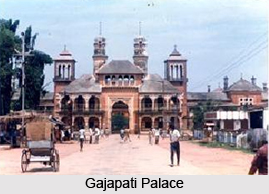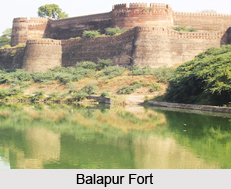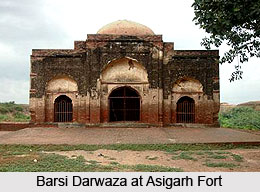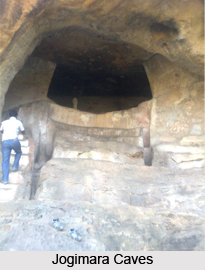 Gajapati palace of Paralakhemundi is one of the elegant examples of Odisha architectural skills. This palace is also known as Brundabana Palace.
Gajapati palace of Paralakhemundi is one of the elegant examples of Odisha architectural skills. This palace is also known as Brundabana Palace.
Location of Gajapati Palace
Gajapati palace is located at Paralakhemundi of Gajapati district. Odisha is the fort of Gajapati rulers where they used to stay.
Owner of Gajapati Palace
Gajapati Palace was the seat of Odiya rulers. But nowadays, this palace is under the protection of Indian National Trust for Art and Cultural Heritage (INTACH). The palace is one of the rich architectural and cultural heritages of India. This palace was built for a purpose of permanent residential abode for the Gajapati Rulers of Paralakhemundi belonging to the Ganga Dynasty.
Architecture of Gajapati Palace
The palace was built by Maharaja Krushna Chandra Gajapati, the Gajapati ruler of that time. It is believed that the Paralakhemundi ruler started building this palace to enhance the beauty of the state.
Construction of Gajapati Palace
The concept of Gajapati Palace was finalized on 20th May 1835.
Design of Gajapati Palace
The British architect, Robert Fellows Chisholm was responsible for design and construction of this royal fort. The fort is influenced by Indo-Saracenic style combined with Byzantine and European architectural features. This palace is a 3-storey structure which has a secret hall and a subversive passageway that links to the chief citadel of the Maharaja. The palace includes an underground floor connecting it with the main palace of the Maharaja. It is believed that this secret passage was used by the royal family to hide during attacks from enemies.
Durbar Hall in Gajapati Palace
The gilt decorated walls and intricate wooden trellis-worked Durbar Hall is the main attraction of Gajapati Palace. It is an excellent piece of art to experience. The durbar hall is located in the middle of the Palace and consists of Raja Mahal and Rani Mahal. The construction is so symmetrical that if one stands on the centre line of the place and makes comparison of both the wings, it is found that one half appears to be exactly the mirror image of the other half.
Tourism in Gajapati Palace
Gajapati Palace now acts as a place of tourist importance. One can easily notice eye-catching mechanism of art on the walls of Gajapati Palace. A stunning wood-let is also situated close to Brundaban Palace. While entering into the main gate two reclining lion statues are seen on both sides over two raised platforms. A huge eye caching decorative Iron Gate stands anchored in between two round shaped tall minarets known as Gombuja. A large mounted metal bell is situated at the main entrance, to be struck manually by a heavy wooden mallet for indicating accurate hourly time to Gajapati Palace and the general public of the town.




